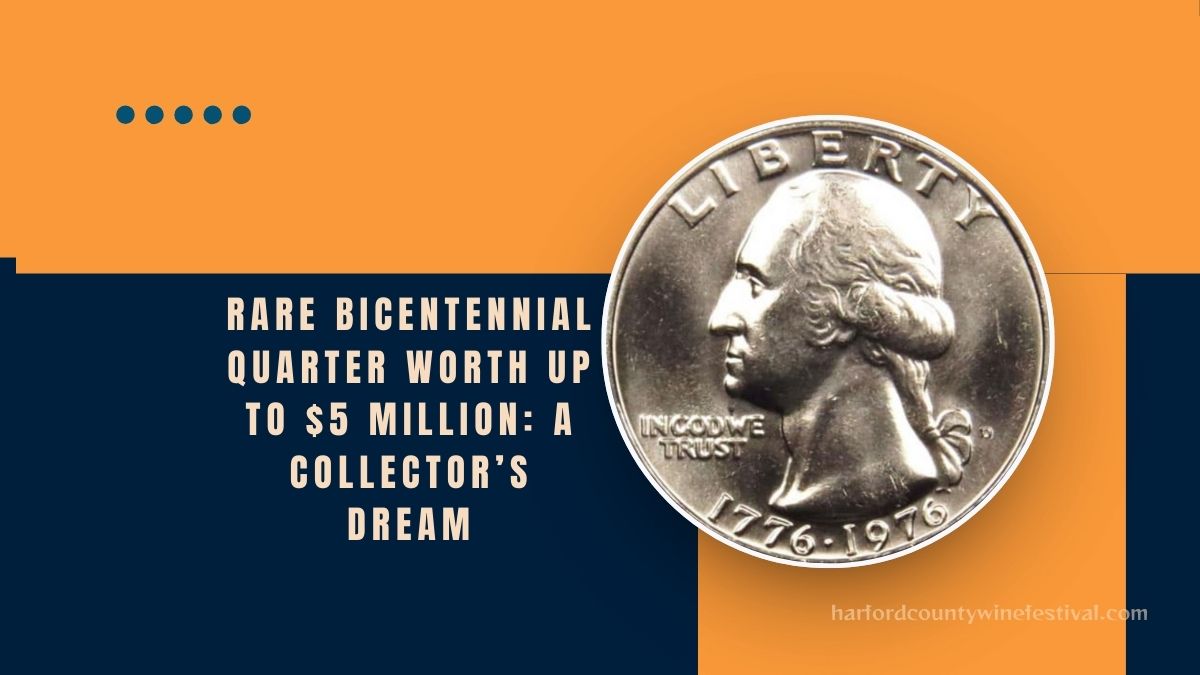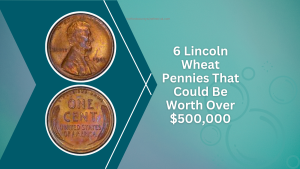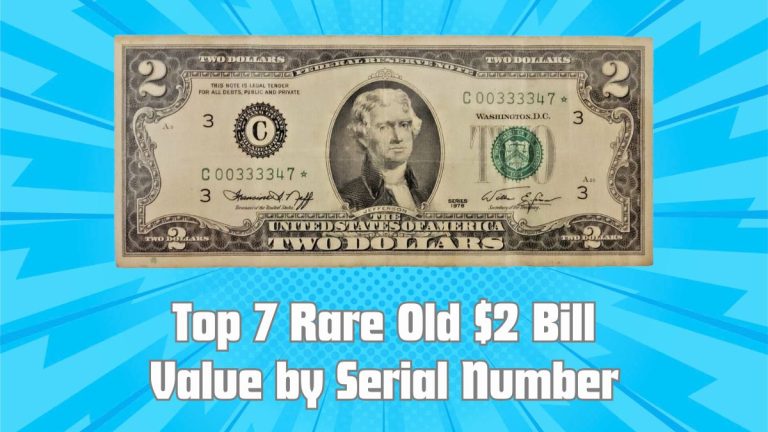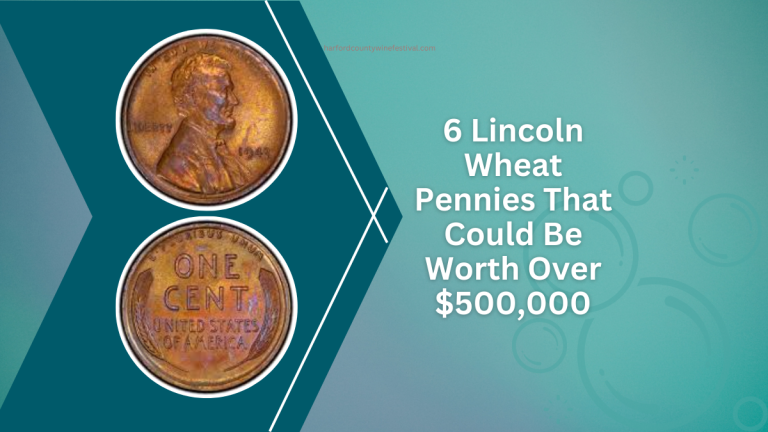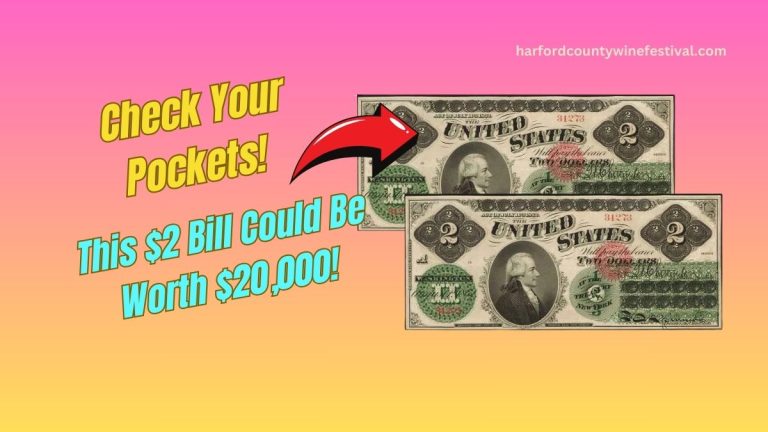In the world of numismatics, few coins capture the imagination of collectors quite like the Bicentennial Quarter. Struck in 1975 and 1976 to commemorate the 200th anniversary of the United States, this quarter is not only a piece of currency but also a symbol of American history and pride.
With its unique design and limited production, the Bicentennial Quarter has become a sought-after item among coin enthusiasts.
This article delves into the history, significance, and collectibility of the Bicentennial Quarter, highlighting why it remains a cherished piece of American numismatic heritage.
| Aspect | Details |
|---|---|
| Minting Years | 1975 and 1976 |
| Design | George Washington (obverse), Colonial Drummer (reverse) |
| Mint Marks | “P” (Philadelphia), “D” (Denver), “S” (Proof Coins) |
| Production | Over 1.6 billion coins produced |
| Rarity | Certain variations, such as the 1976-S Proof, are rare |
| Value | Can reach up to $5 million |
A Brief History of the Bicentennial Quarter
The Bicentennial Quarter was part of a larger initiative to celebrate the 200th anniversary of the signing of the Declaration of Independence in 1776. In 1975, Congress authorized the production of special coins to commemorate this historic event, leading to the creation of the Bicentennial Quarter, along with the Bicentennial Half Dollar and the Bicentennial Dollar.
The U.S. Mint produced the Bicentennial Quarter with a unique design that set it apart from previous quarters. The coin features the familiar profile of George Washington on the obverse, but the reverse showcases a striking depiction of a colonial drummer, symbolizing the spirit of the American Revolution.
The Design Elements
The Bicentennial Quarter features several key design elements that contribute to its uniqueness:
- Obverse Design: The obverse of the coin retains the classic portrait of George Washington, which has been a staple of U.S. quarters since 1932. The inscription “LIBERTY” and the year “1976” are prominently displayed, along with the phrase “IN GOD WE TRUST.”
- Reverse Design: The reverse of the coin features a colonial drummer in full regalia, representing the spirit of the American Revolution. Surrounding the drummer are the inscriptions “UNITED STATES OF AMERICA” and “E PLURIBUS UNUM,” along with the denomination “QUARTER DOLLAR.”
- Edge Inscription: Unlike standard quarters, the Bicentennial Quarter has a reeded edge that includes the inscription “1776-1976,” commemorating the 200th anniversary of the United States.
Production and Distribution
The U.S. Mint produced the Bicentennial Quarter in both Philadelphia and Denver, resulting in two distinct mint marks: “P” for Philadelphia and “D” for Denver. The coins were struck in both copper-nickel and silver, with the silver version being produced for collectors and the copper-nickel version for general circulation. The production of the Bicentennial Quarter was significant, with over 1.6 billion coins minted. However, despite the large quantity produced, certain variations and conditions of the coin have become rare and highly sought after by collectors.
Collectibility and Value
The collectibility of the Bicentennial Quarter is influenced by several factors, including its design, historical significance, and variations in minting. Here are some key points to consider:
- Mint Marks: The presence of the mint mark can affect the value of the coin. While both the “P” and “D” mint marks are common, certain variations, such as the “S” mint mark found on proof coins, are rarer and more valuable.
- Condition: The condition of the coin plays a crucial role in its value. Coins that are in uncirculated or near-mint condition command higher prices in the collector’s market. Collectors often refer to the Sheldon Scale, which grades coins from 1 (poor) to 70 (perfect), to determine value.
- Rarity: While millions of Bicentennial Quarters were produced, certain variations, such as the 1976-S proof quarter, are much rarer. These coins are highly sought after by collectors and can fetch significant prices at auction.
- Market Demand: The demand for Bicentennial Quarters can fluctuate based on trends in the numismatic community. As interest in collecting increases, so too does the value of these coins.
How to Identify a Bicentennial Quarter
For collectors and enthusiasts, identifying a Bicentennial Quarter is relatively straightforward. Here are some tips to help you recognize this unique coin:
- Check the Date: Look for the year “1976” on the obverse, which indicates its Bicentennial status.
- Examine the Design: The reverse features a colonial drummer, which is a distinctive design element that sets it apart from other quarters.
- Inspect the Mint Mark: Check for the mint mark on the obverse side of the coin, just below the date. This will help you determine where the coin was minted.
- Assess the Condition: Evaluate the coin’s condition to assess its potential value. Look for signs of wear, scratches, or discoloration that may affect its grade.
Caring for Your Bicentennial Quarter
If you believe you have found a Bicentennial Quarter, proper care and storage are essential to maintain its condition and value:
- Handle with Care: Always handle coins by the edges to avoid fingerprints and oils from your skin that can damage the surface.
- Use Protective Sleeves: Store your coins in protective sleeves or holders to prevent scratches and exposure to moisture.
- Avoid Cleaning: Do not attempt to clean the coin, as this can significantly reduce its value. The natural patina that develops over time can enhance a coin’s character.
- Store in a Cool, Dry Place: Keep your coins in a controlled environment, away from direct sunlight and humidity, to prevent damage.
- Regularly Inspect: Periodically check your coins for any signs of deterioration and ensure they are stored properly.
The Bicentennial Quarter is more than just a piece of currency; it is a symbol of American history and pride. With its unique design, historical significance, and collectibility, the Bicentennial Quarter has become a sought-after item among numismatists and casual collectors alike.
Whether for its intrinsic value, design, or historical importance, the Bicentennial Quarter offers a fascinating glimpse into America’s past. As more collectors enter the numismatic world, the value and appeal of this iconic coin are likely to grow, making it a cherished addition to any collection.
FAQs
Why are some Bicentennial quarters so valuable?
Some Bicentennial quarters are valuable due to rare mint errors, limited production, or high demand among collectors.
How can I tell if my Bicentennial quarter is rare?
Look for signs of mint errors, such as doubled dies, missing elements, or unusual wear. Professional grading can also help assess rarity.
What is the highest price a Bicentennial quarter has sold for?
The highest recorded sale for a rare Bicentennial quarter is approximately $5 million, with values depending on condition and rarity.

